This is what you’ll learn in this copy class:
- What kind of content you should send to your subscribers so they look forward to your emails
- Why variety is the secret to success
- Is it better to send emails with more pictures and less text?
- Which email subject lines work best for ecommerce?
Sending emails to your subscribers is the way to make them pass by your shop window and tempt them to step inside as if your physical shop were on their way home.
If a person has given you their email address it means they’re already interested in your products, otherwise, they wouldn’t have left you their details to get a discount, a free delivery or a lead magnet.
That’s why you can’t miss this great opportunity.
Email continues to be the most profitable marketing channel, as the investment is much lower than in other channels (social media and Google ads, influencers, etc.) and it continues to work extraordinarily well despite the years and new trends.
Email is also your best ally in retaining customers.
A recent Harvard Business School study showed that increasing customer retention rates by just 5% increases profits by 25% to 95%.
In other words, it’s much easier and more profitable to sell to customers who have already bought from you than to attract new customers.
Therefore, creating and maintaining an email marketing strategy for your online shop is essential if you want to increase your profits.
But how do you get your subscribers to keep opening your emails and not unsubscribe from your list?
This is what we’re going to see in this copy class. Are you staying? Here we go.
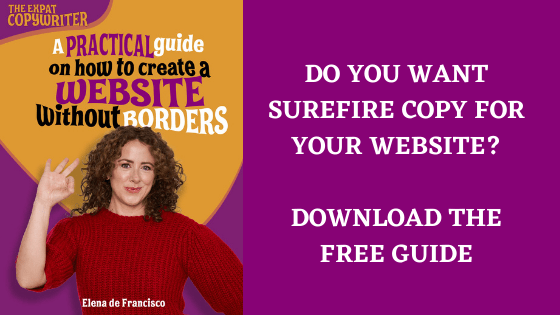
What kind of content should you send to your ecommerce subscribers?
You might be thinking: “It’s been proven that emails with discounts and promotions have the highest open and click-through rates”.
True, but, what happens when you only send discounts?
That they stop working.
Why am I going to rush and open an email saying “20% off!” when I’m receiving similar emails every 3 days with promotions and sales?
The excitement will wear off after the third email when I realise you always have products on promotion.
There’s no novelty and zero urgency.
So what kind of content can you send other than promotions?
The first thing you need to think about is what are your subscribers’ interests.
What entertains them or what they’d like to know, and then create content that answers those questions.
But in order to answer these questions you should have done your homework and researched your buyer persona’s profile.
Your emails must always have your prospect in mind and put them at the centre of everything.
Bearing in mind the topics your buyer persona is interested in, we can create 3 types of emails:
- Email that informs and educates
- Email that entertains and brings them closer to your brand
- Sales email
Let’s look at some examples.
Imagine you sell traditional clothes for children. These garments are expensive because they’re handmade with the highest quality fabrics and they include embroidery, smocking, etc.
Your ideal customer is a mum (Sally) with a fairly high income who wants quality clothes for her children and doesn’t mind spending a lot of money as long as the clothes are well-cut and stylish.
Sally has been taking a look at your website but is still not convinced.
She’s left you her email address to take the 20% off you offer on her first purchase.
The first email she receives will be the one with her discount voucher. In this email, you can tell her more about your brand since it’s new to her. Think about things like:
“What objections are passing through her mind? “
Maybe she thinks the clothes might not be worth what they cost, they could be made in China like most things.
In that email, you can put a banner with the discount voucher and underneath add copy that brings Sally closer to your brand and clears up any objections she might have. For example:
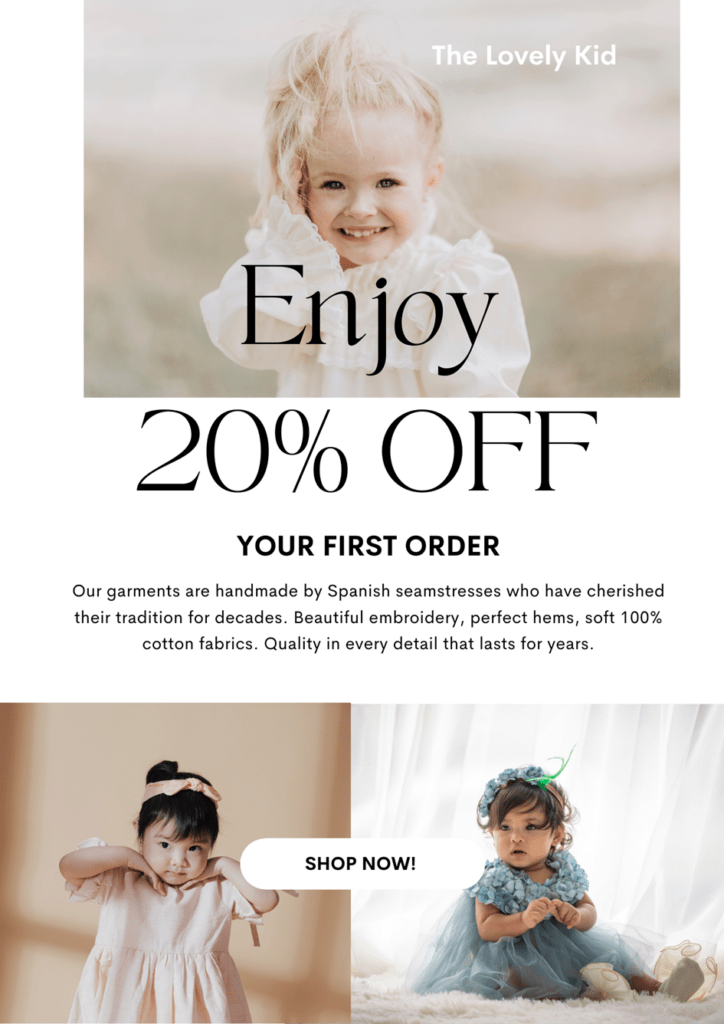
Why variety is the secret to success
Imagine that Sally hasn’t purchased yet because she still has doubts, she forgot or she simply hasn’t had the time. Don’t forget she is a busy mum…
Send her a second email the next day, but this time you’re not going to sell directly, you’re going to tell her more about your brand and include a link to a video on your Instagram.
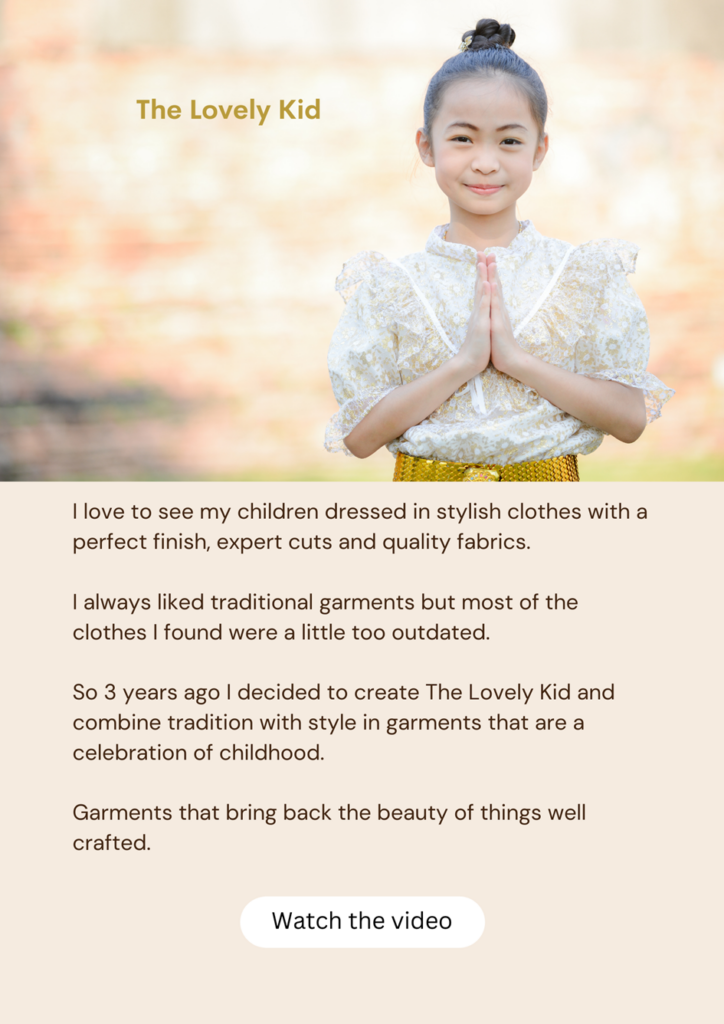
This type of email educates your prospect about your brand’s values and what makes it a good choice, as well as reminds them that the garments are quality and durable, something that can be an objection before they buy.
In this email, you’re also expressing your Unique Selling Proposition: traditional kids’ clothes with a modern twist.
How to write #ecommerce emails that bring you the results you want. #copywriting #smallbiz #emailmarketing Share on XBy sending emails with varied content you make your prospects curious about what they’ll find.
If you always send the same type of emails, they’ll stop opening them because they don’t expect anything new.
That’s why variety is the secret to success.
A type of email that works very well is also the one that interacts with your prospects. For example with a question or by inviting them to give their opinion:
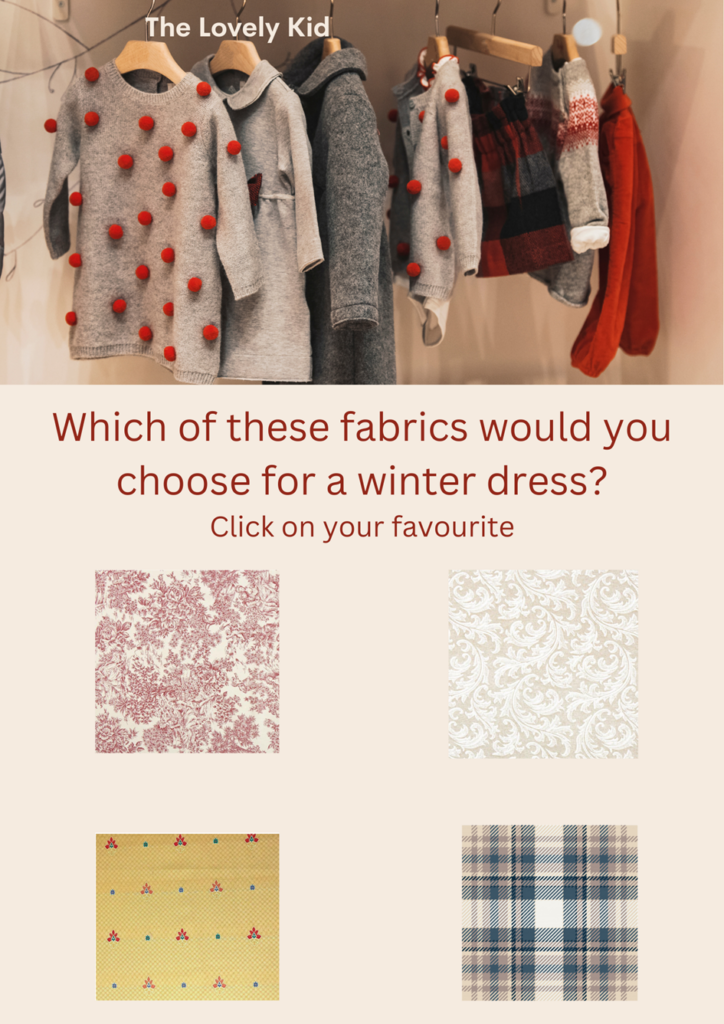
When Sally clicks on one of the designs she is taken to a page on your website thanking her for helping you choose the next design and reminding her that she has only 3 days left to take advantage of the 20% discount on her first purchase. Here you should add a CTA (call to action button) to shop the collection.
Most of us like to give our opinion and feel useful, so this type of email works really well. Give it a try.
How to write #ecommerce emails that bring you the results you want. #copywriting #smallbiz #emailmarketing Share on XIn addition, people’s answers can help you better understand your prospects’ preferences and thus fine-tune your products.
To close this sequence of 4 emails you send to your new subscribers, send an email on the last day reminding them that time is running out to take advantage of the 20% discount.
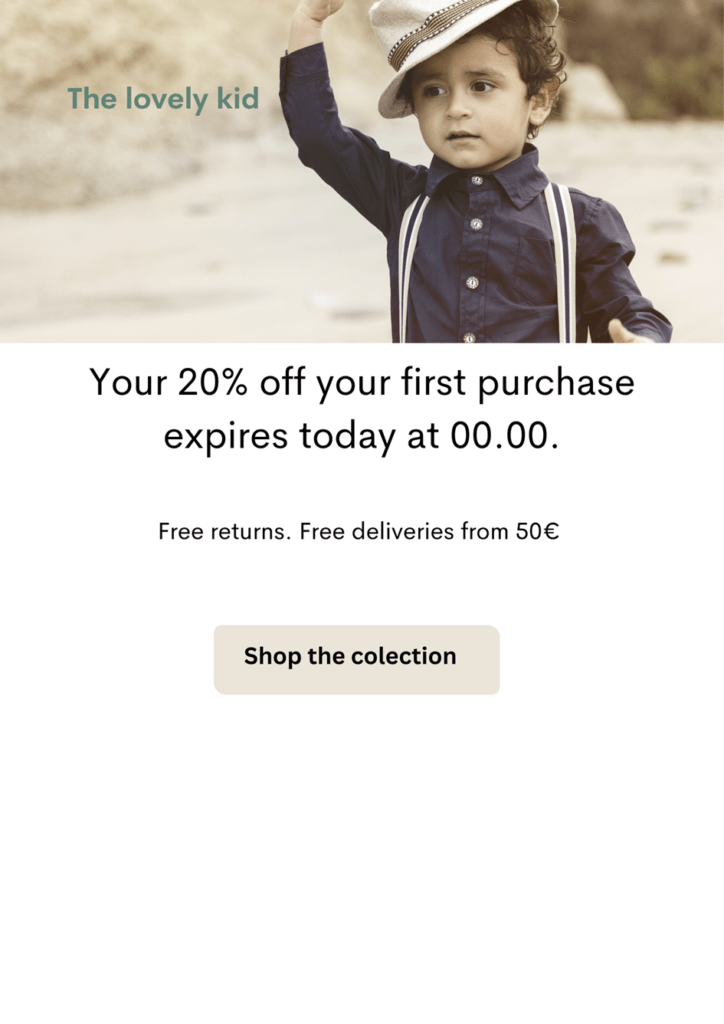
So the welcome sequence would look like this:
- Welcome email with a discount coupon (Sale)
- Email with Unique Selling Proposition (Educate, brand outreach)
- Interaction email (Engage)
- Reminder of the discount (Sale)
Is it better to send emails with more pictures and less text?
Many brands think that text is superfluous in ecommerce.
But this isn’t the case.
No matter how shiny the images you include are, if there’s no story behind them, no copy that pushes people to buy, no clear unique value proposition and no personal approach, selling will be much harder.
You might be thinking “Well, I get a lot of emails from brands like &Other Stories or Mango with very little text”.
True, but neither &Other Stories nor Mango need to educate you or bring you closer to their brand.
They’re already popular so they only need to show you spectacular images taken by photographers who charge thousands of euros for each session to make you want to buy straight away.
But your brand isn’t yet at that place on the podium and you have a lot of competition from other lesser-known brands like yours, so you need to work harder on the copy.
People do read when they are interested in something, especially if it’s written in a concise and entertaining way.
So don’t be afraid to write slightly longer texts in your emails.
Many studies claim that people prefer emails with more images and less text, but this study by Hubspot showed that when measuring open and click-through rates, emails with more text and fewer images generate the most opens and clicks.
Why?
Because email platforms are increasingly filtering emails (especially commercial emails) to provide a better user experience.
An example of this is Gmail’s promotions tab.
Image tags and HTML-rich templates are most often marked by providers as commercial email, which means they are filtered out of the recipient’s main inbox (and therefore people won’t see them).
Better combine them for variety, send some emails with a lot of images and others with fewer images and more copy.
If the recipient opens the ones that don’t have so many images as they arrive in their main inbox, Gmail will filter all emails from that account as important mail and won’t send them to the commercial or spam mailbox.
The length of your emails depends on prospects’ level of awareness and where they are in their buying journey.
The higher the level of awareness, the shorter the copy can be (because prospects already know your brand and your products) and vice versa.
The less a person knows about your brand, the more arguments you should give them to choose you.
Further reading: How long should my sales copy be?
Which email subject lines work best for ecommerce?
Subject lines are super important. It’s what will determine whether the person opens the email or not, so you should take your time to think thoroughly.
If you’re offering a discount or promotion add it directly in the subject line:
“20% off the entire collection”.
Subject lines involving urgency also work really well:
“Limited offer”.
“Only until 31st December”.
But when you’re not offering discounts or limited promotions, what can you write in the subject line?
The first rule is to never mislead.
Subject lines must always be in line with what readers will find when opening the email.
People’s innate curiosity is your best ally.
In the subject line, you should mention something your prospects want to find out. For example:
- Ask an interesting question
- Mention something unusual
- Tease the content of the email
Let’s take a look at some examples.
Ask them a question
In the email I created earlier inviting Sally to choose a fabric for a dress the subject line could be:
“Which of these fabrics do you like the most? Or maybe: “Sally, can I have your opinion on this?”
Notice that these two examples use an informal tone of voice as if a friend wrote to ask for our opinion on something.
Because remember, we all prefer those brands we find friendly.
How to write #ecommerce emails that bring you the results you want. #copywriting #smallbiz #emailmarketing Share on XMention something unusual
Here you can mention an unexpected fact, something that surprises them and they didn’t know.
In the email in which I include a link to a video showing how the seamstresses work, the subject line could be:
“This dress takes 30 hours of work”
Your prospects will be curious to see the dress, as this fact may come as a surprise since they’ve never wondered how long it takes to sew a dress by hand.
Tease the content of the email
Always provide the missing piece of information in the body of the email.
If you don’t your prospects may feel cheated and never want to hear about your brand again.
A subject line for such an email from The Lovely Kid might be:
“This cool material is the new trend”
Sally will want to open that email because she’s curious to find it out.
Let’s look at other subject lines that help prospects want to open an email.
Solve a problem
In the subject line, you can name the problem your prospects have and your product solves.
Let’s look at a couple of examples for The Lovely Kid:
“5 ideas to dress your children for a wedding”
or
“These beautiful shirts don’t need ironing”
Make them smile
People like a good joke.
But be aware, these days you need to be careful about hurting people’s feelings. So think about whether your subject line brings a smile without offending.
For example:
“Be ready to hear a LOT of “OMG, how cute!!”.
Or
“Days when your kids weigh you down… Then you look at them and all feel worth it 🥰”
Notice how I use that personal tone that brings your brand closer to your prospects.
We receive quite a few passive-aggressive, work-related or unpleasant emails (taxes to be paid, deadlines, etc.) every day.
So your mission is to brighten up your customer’s day, bring a smile to their face, entertain them or tell them something funny.
To write good subject lines you don’t need to reinvent the wheel.
Be inspired by those emails you receive and open and simply adapt the subject lines to your business, audience and content.
Think about why you opened those emails and the reasons you like them.
Also study those you hate and unsubscribe from, so you don’t follow the same strategies.
I hope this mini class of copy has given you some ideas for your ecommerce emails, so you can maintain a long and productive relationship with your customers.
See you around.
How to write #ecommerce emails that bring you the results you want. #copywriting #smallbiz #emailmarketing Share on X
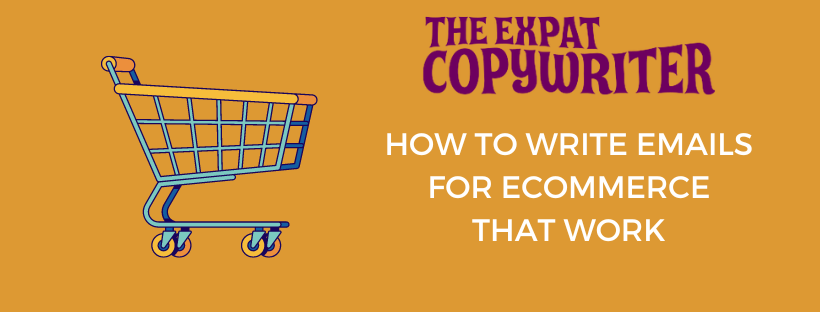
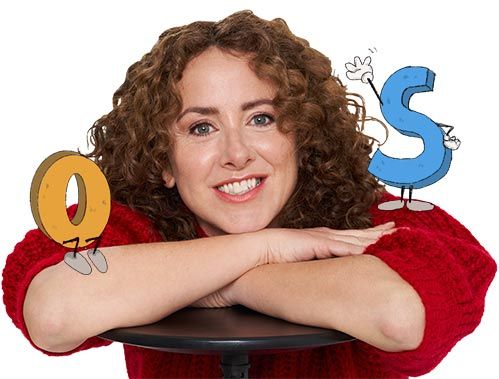
0 Comments